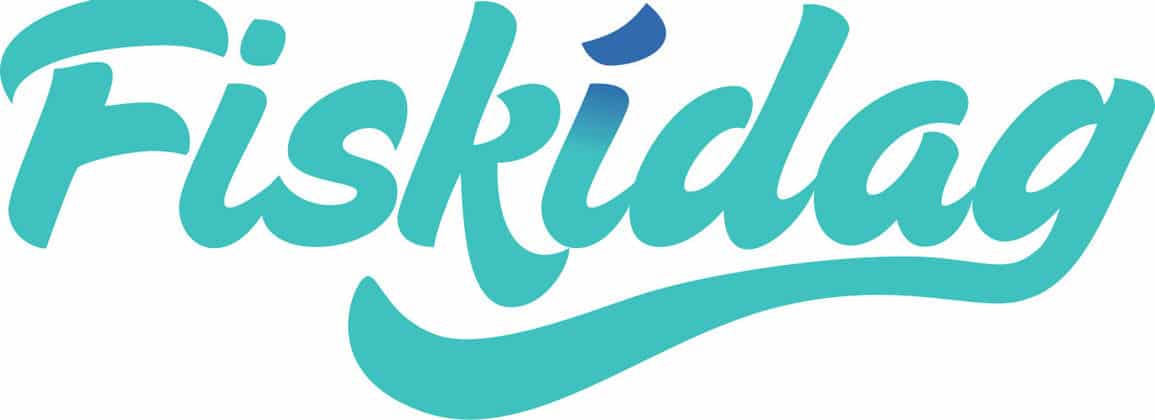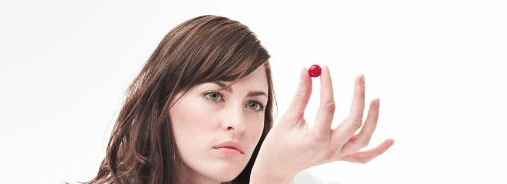Contact
Sigurjón Arason
Chief Engineer
sigurjon.arason@matis.is
Bleeding system for small vessels
Extensive research has been carried out on the quality of cod bleeding, all of which indicate that proper handling has a significant effect on product quality. Studies have shown that poorly blooded fish produce worse products, whether it is fish that is processed into fresh, frozen, salted or dried products4. With the increasing influx of smaller boats engaged in longline and handline fishing, there has been a problem with bleeding, as many of them are not equipped with bleeding tanks. Matís' research indicates that fish that are allowed to bleed long enough in high seas, at natural sea temperatures, immediately after bleeding, produce better raw materials than with traditional treatment. A traditional method on board small boats is to bleed the fish directly from the line into the sludge tank on the train. Matís, 3X Technology and Fiskvinnslan Íslandssaga have completed the project "Processing processes of small boats" where conditions on board small boats were examined with a view to designing equipment that was suitable for smaller line boats. The design of the equipment (Rotex bleeding tank FIFO) has been completed and construction has begun at 3X Technology. The aim of this project is to investigate the efficacy of the Rotex method in cod bleeding through an objective study. This work is done in collaboration with 3X Technology, Matís and Jakob Valgeir ehf in Bolungarvík. Samples of cod were taken in two oars of a day rowing boat using different bleeding and finishing methods. Samples were filleted and some of the fillets were then sent fresh to Matís on Vínlandsleið, where different methods were used to assess the quality of the raw materials. The other part was done in the traditional way, ie. production of lightly salted, frozen fillets, and then used to obtain the effect of different bleeding methods on the quality of products during storage in the freezer, for different lengths of time and at different temperatures. The results of the project will support other research in this field and is an important contribution to the discussion on better quality of small boat catches.
Extensive research has been conducted on the quality of bleeding process of cod on board but the correct treatment can have a significant effect on the final product quality. Studies have shown that insufficient bled fish will result in low value products, whether in the case of fresh, frozen or dried production. This problem is mainly related to fish caught by long ‐ line, especially on smaller vessels that are not equipped with necessary equipment for the bleeding process such as bleeding tanks. Researches indicate that bleeding of fish with sufficient flow of fresh seawater in the bleeding tank will result in higher quality products. The traditional bleeding method on board small vessels is to bleed the fish directly in to slush ice tub in the ship convoy. Matis, 3X Technology and Icelandic Saga have finished the research project “Processing in small vessels” where conditions on board the small vessels were examined with the aim to design equipment suitable for smaller long‐ liners. The output of that project was the design of new equipment “Rotex” (bleeding tank FIFO). This was completed and a production was launched by 3X Technology. Samples of cod were collected in two fishing trips from a long liner landing daily, using different methods of bleeding and handling. Samples were filleted and parts of it were sent fresh for research at Matis in Vinlandsleid where different methods were tested considering different product quality and the other parts were prepared with traditional production of lightly salted fillet pieces. The fillets were frozen and used to test the effect of different bleeding methods on product quality after storage in the freezer, using different storing time and different temperatures. The aim of present project was to investigate the effect of the ROTEX bleeding process with an objective researches in collaboration with 3X Technology, Matis and the fish processor and boat owner, Jakob Valgeir Ltd. This project will support other researches in this area as well as to be an important input for disquisition about better quality of small boats catch.





